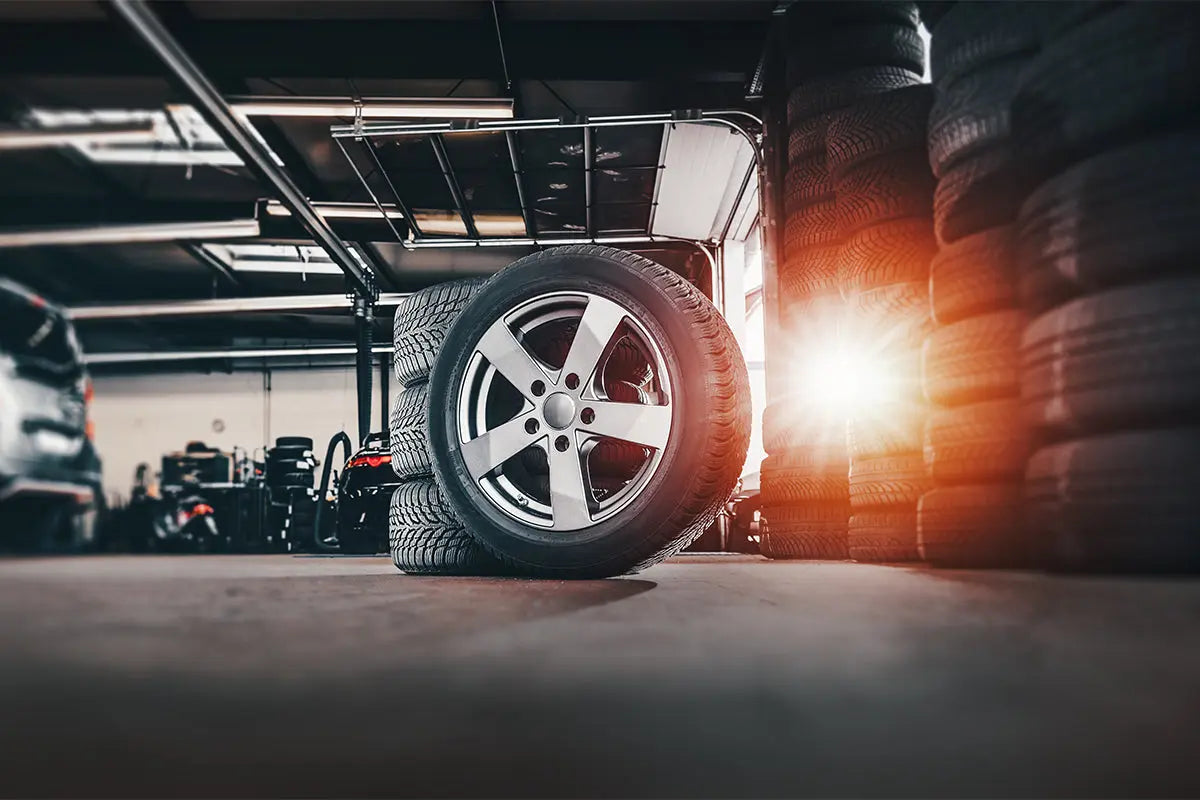
It’s the age-old debate: Do you go with the new upgrade or the traditional, time-tested option? When it comes to wax vs. sealant, you’ll hear drivers on both sides defending their opinion. Wax is the age-old method that users know and trust, while those who use sealants claim that their product is superior.
So which one is best for you? They both do similar things and get your car looking silky smooth when properly applied, but is one better than the other? At Shine Armor, we might be biased, but car wax is beginning to feel like a product of the past when compared to paint sealants.
Read on to learn more in this article of shine armor blog!
Car Wax
Wax products are typically made with natural ingredients like carnauba and beeswax, though some brands do use synthetic materials. They’re designed to supply a coat that protects the paint on the car’s exterior while boosting the shine at the same time.
There isn’t a set amount of time that all waxes will last since they aren’t all made the same, but it’s a fairly safe bet that you would find yourself re-applying the coat on your car every two months or so if you do it yourself, twice a year if you get the professionals to do it.
Defenders of car wax claim that the natural qualities of carnauba give their cars a deeper polished look than sealants do, but that might have more to do with the quality of the product they’re using than the fact that it’s wax. Properly applied, high-quality sealants get just as deep and smooth of a finish as wax.
Paint Sealant
A paint sealant is a product that does a similar job as wax but it's pretty much always synthetic and found in liquid or foam form. They’re made by blending amino-functional silicone fluids with polymers, which come together and actually bond to the surface of your vehicle.
Paint sealants provide quite a bit more protection from the elements to your car than wax, and for significantly longer. A high-quality paint sealant will protect you for up to a few years compared to the few weeks that wax will last you. Especially for drivers that have cars that are already easy to work on, this feature is a big draw for the sealant.
Different Types of Sealant
When looking for a paint sealant, there are two kinds to be aware of: Pure sealants and cleaning sealers. Pure sealants offer the basic protection coat that you imagine, and cleaning sealants also include cleaning agents within the compound that remove oxidation and minor scratches.
Cleaning sealants can be a good choice; however, if you recently polished your car, then the abrasive cleaning chemicals inside won't do much but overwork your exterior. The pure sealants are more than likely the option you want to go with.
Wipe On, Wipe Off vs. Wipe On and Walk Away
When it comes to pure sealants, they typically come in one of two styles: Wipe On, Wipe Off or Wipe On and Walk Away, otherwise known as WOWO and WOWA.
WOWO products are similar to wax in that you apply a small amount to the exterior of your car and gently wipe it into the paint, and then wipe it off with a microfiber towel. The ease of use is a strong selling point with these are you don’t need any electric buffer to get the job done.
WOWA sealants do require the use of an electric buffer, but once you’ve worked it into the paint on your car, you don’t need to be bothered with wiping it off. They dry clear and clean, so once the buffing is done, then you just need to wait for it to dry, and you’re wrapped up.
How To Apply Paint Sealant
Depending on what product you purchase, you’ll either work it in with your hands or use an electric buffer. Buffers can definitely speed up the process, but they can be expensive and don’t have a lot of other uses. Plus, you’ll want to make sure you know what you’re doing before you get it spinning.
Putting it On By Hand
- The first step in the process for either hand or machine applications is to make sure your car is extremely clean. Use a high-quality car wash soap and get every inch of your car squeaky clean and dry before moving forward.
- Next, you’ll want to add a few drops of the sealant onto the applicator you’re using, likely a foam pad.
- Then slowly start rubbing it into the paint on your car. Take your time and make even circular motions, adding a little more sealant as you go along. Make sure you cover every inch of your car.
- Following the instructions, allow the sealant to dry for an allotted amount of time, usually around 15 minutes.
- If you’re working without a buffer, you’re likely using a WOWO. Using a clean, high-quality microfiber towel, buff out any excess sealant that hasn’t dried.
- Allow the sealant to cure dry on the vehicle before adding any more, typically a few hours.
Using an Electric Buffer
- Using a brand new, clean buffer pad, apply a few drops of the sealant to the pad and begin to spread it out onto the surface of the car (before starting it up.)
- Working in sections, turn on the buffer to its slowest setting and slowly begin to work the sealant into the paint, making consistent circles. Turn the machine up to medium before finishing each section to ensure a smooth and clean coat.
- Repeat these steps all across the car working in sections. Generally, each door is its own section, and the rest is split up into similar sizes.
- If using a WOWO, remove the excess in the same way as applying by hand, but if using a WOWA, this step isn’t required.
- Check the bottle for instructions and leave the sealant to cure dry before applying or washing.
Tips For Getting the Best Shine
Using a sealant is pretty simple as long as you follow the directions on the product you’re using. But to make sure that you get the best shine and the most protection you can, here are a few steps to follow when applying the coat.
Don’t Apply Sealant Over Wax
While you can add a layer of quality carnauba wax on top of the sealant, you should never apply the sealant to an existing coat of wax. Always make sure that you’re applying the paint sealant product to a completely clean car, scrubbed of any prior wax coating as well as dirt and dust.
Wait Until Your Paint Isn’t Brand New
Sealant is designed to go on to the paint and seal it in (get it?) Don’t get too excited: for a few months after a new paint job, the layer of paint still has to cure. This might seem like a long time and that the paint definitely seems dry, but it’s actually still settling for at least 30 days.
Applying a sealant while the paint is still in this position can affect the overall finish of your ride, so to make sure you get the clearest possible look on your car, make sure to give your fresh paint a few months to finish up.
Use Continuous Motion
Whether you’re applying the sealant by hand or with a machine, make sure you use smooth, slow motions. We don’t mean too slow (this shouldn’t be an all-day Saturday sort of thing).
But gentle, consistent patterns with the electric buffer will ensure that your finished coat will be level and smooth when it’s done curing. You don’t need to crank up the motor to any high speeds. Slow and steady gets the best shine.
Time To Shine
If you’re wondering whether you should be trying out a new paint sealant or sticking with the wax that you’re familiar with, it might be time to upgrade to the new product. Paint sealant offers more protection that lasts longer, and with new solutions, you can get just as deep and reflective of a surface as the old-school method.
Make sure to apply a smooth coat of the sealant and follow the directions when it comes to how long to leave it to dry. It shouldn’t take all too long, but slow and consistent circles are the key to getting that perfect shine.
If you want to stick with wax, that’s completely up to you. Some people enjoy spending time on their car and use products that they’ve trusted for years, so the reality is that if that’s what makes you happy, then that’s the right option for you.
But if you’re interested in trying out the paint sealant, we suggest you give it a chance. Odds are you probably won’t be returning to the car wax, at least by itself.
Sources:
What is Carnauba Wax? The Benefits for Your Vehicle | The Vehicle Lab
5 things you should never do to a newly-painted car | Top Gear
Waxing a Car with a Buffer Guide For Dummies | The Car Cleaning Guide





